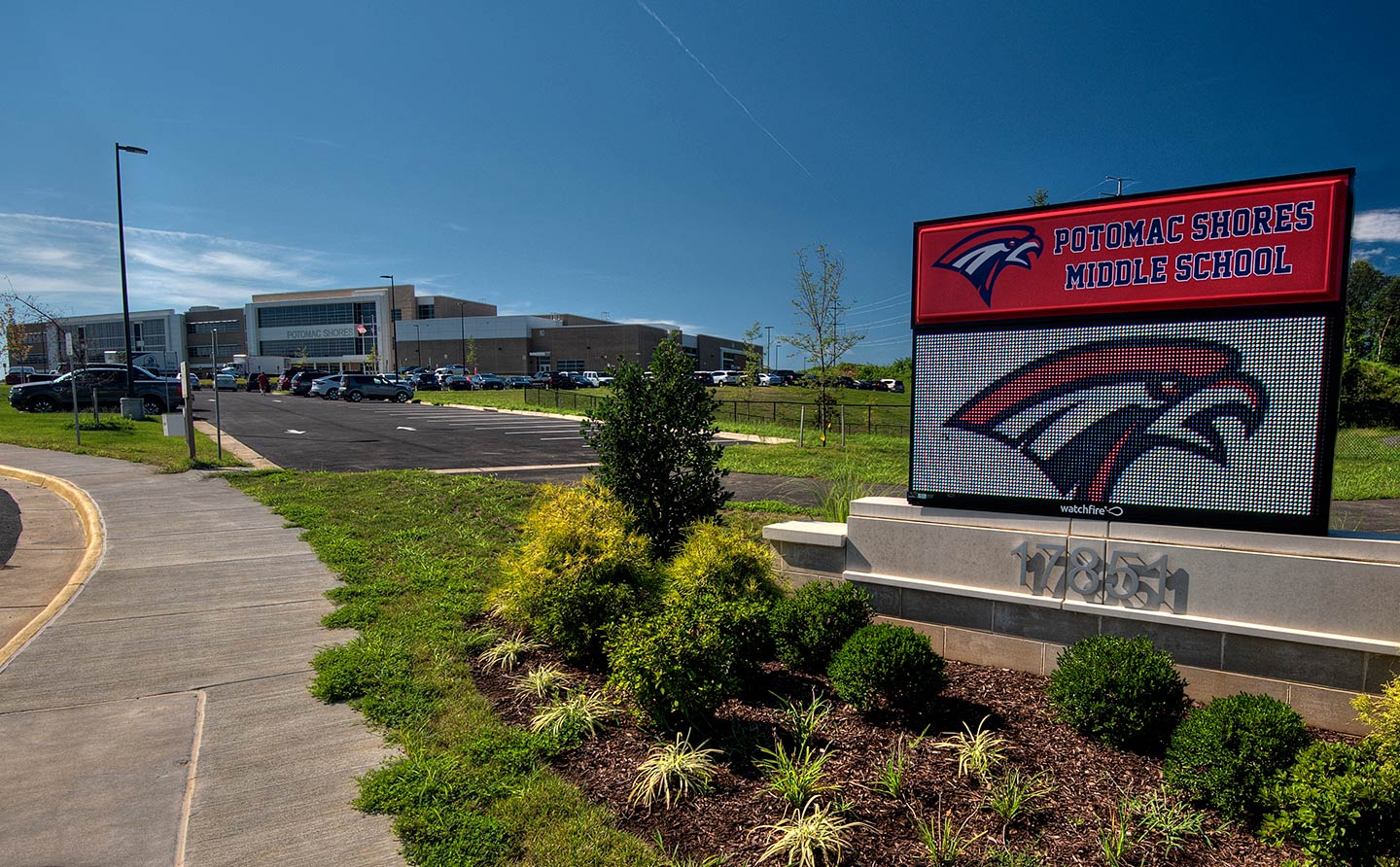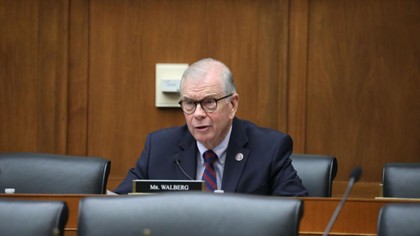Four takeaways from Virginia’s post-pandemic standardized test results
Education officials in Virginia have made addressing the student achievement gap a top priority in Virginia after standardized test results showed statewide declines.
Virginia’s pass rates, which are calculated from the Standards of Learning and Virginia Alternate Assessment Program tests, showed that all students performed better in 2021-22, when districts had returned to in-person learning, compared to the prior year.
However, officials said the results are still below the state’s baseline. Gov. Glenn Youngkin’s administration has emphasized the role prolonged school closures played in driving down achievement.
The Virginia Mercury took a closer look at the data and potential factors behind the learning loss. Here are four takeaways:
Southern Virginia, including much of Southside, was hit the hardest
Region 8, which encompasses much of Southside, including Halifax, Mecklenburg and Appomattox, had the largest pass rate drops in several subjects compared to the other regions, followed closely by Region 1, which includes parts of central Virginia and the Tri-Cities area.
Data from Region 8 showed the widest drops from pre-pandemic achievement levels in writing, history and social science, and science.
One potential reason for the steep declines could be the region’s large concentration of economically disadvantaged students. Data from the Virginia Department of Education show 56% of students in Region 8 are economically disadvantaged compared to Region 4, in Northern Virginia, at 40%.
Students are identified as economically disadvantaged if they are eligible for Medicaid or free and reduced meals, receive temporary assistance or are identified as either migrant or experiencing homelessness.
Laura Goren, research director at the nonprofit Commonwealth Institute for Fiscal Analysis, said students attending high-poverty schools saw the largest drops in assessments nationally due to factors including lower access to technology and tutoring services during the pandemic.
“I think that when we look at educational attainment, it’s clear that some families are more able to provide support for students outside of what the school can provide, and low-income families often struggle to do so,” said Goren.
She also said instability due to a family’s low income can negatively impact academic achievement.
Reading saw the smallest declines, while science saw the largest
All eight regions in Virginia saw their pass rates in reading drop minimally compared to pre-pandemic rates, with declines ranging from 4.2 to 7.04 percentage points. Statewide, reading results fell by an average of 5.4 points.
Superintendent of Public Instruction Jillan Balow said during an Aug. 18 press conference that reading rates are higher than they should be due to the State Board of Education’s decision to adjust Virginia’s English and mathematics standards in 2020.
Members of the board disputed the claims after Balow shared a 34-page report that detailed policy choices and priorities that the Youngkin administration says resulted in lower student achievement.
All eight regions in Virginia saw the worst drop from pre-pandemic rates in science, with declines ranging from 14.93 to 18.80 percentage points. Statewide, science pass rates fell by 16 points. Region 6, which includes school districts in the western part of Southside and parts of the Roanoke and New River valleys, had the smallest drop, with 14.9 points.
Education officials said new Alternate Assessment Program tests in science, which were provided to students with significant cognitive disabilities in grades 5 and 8 as well as high school in 2021-22, could have driven down the science results.
Additionally, science assessments cover content taught in multiple grades. The Grade 5 test covers content taught in grades 4-5, and content from grades 6 through 8 are included in the grade 8 test.
Officials said student performance on the tests “may have been impacted to a greater degree by the pandemic-related interruptions than tests that cover content taught in a single year.”
Inadequate technology access may have impacted achievement in the southern regions
Schools across Virginia provided students laptops and other devices to participate in classroom learning from home two years ago.
However, connecting to the internet was a challenge for some students. Poor connections, weak signals or a lack of technology and broadband access could have potentially led to losses in learning.
Commonwealth Connect, which is a statewide partnership group focused on achieving universal broadband access, said in a 2019 study that rural areas have a disparity between slow and high-speed access.
Virginians also face higher costs and lower service due to the lack of competition among broadband providers, the study concluded.
It found 47% of Virginians live in areas with one or no high-speed broadband provider and 52.2% have access to two or more options. Only 1.6% have access to three or more service provider options.
Last year, lawmakers endorsed Commonwealth Connection, a web tool that was developed by the Department of Housing and Community Development and Virginia Tech to collect internet service provider data.
Data from the web tool shows that only 38% of households in Greensville County, which has the fourth-largest student population in Region 8, had access to broadband as of 2021. Data also show that localities in Southside and the eastern part of the Northern Neck also saw a lack of broadband access compared to the rest of the commonwealth.
Amelia, Brunswick and Charlotte are among localities from VDOE’s southern region to apply for grant funds to extend broadband service throughout their jurisdictions.
Tom Allison, senior associate for finance policy and innovation with the State Council of Higher Education, wrote during the pandemic that students in every community will require different policy solutions. He said some students in counties such as Fluvanna or Louisa may need assistance with broadband access, while others in Portsmouth and Norfolk may need help paying for technological devices.
“Like many other issues, COVID-19 has highlighted the inequities our students face in digital learning,” Allison wrote. “However, it also presents an opportunity to form a comprehensive response to the challenges presented by the digital divide.”
Testing participation levels are beginning to return close to normal
Virginia saw a larger turnout of students taking their federally required assessment tests in 2021-22 compared to the previous school year, according to education officials.
Charles Pyle, director of communications for the Virginia Department of Education, said in an email to the Mercury that in typical school years, participation is around 99%. But during the 2020-21 school year, only 75.5% of students in tested grades took the reading assessment, 78.7% took the math assessment and 80% took the science assessment.
Balow said participation increased to over 95% during the 2021-22 school year.
Pyle did not specify in his response what schools or school districts saw the increase but said that participation was down in 2020-21 due to more flexible “opt-out” provisions for parents concerned about community spread of COVID-19. This also resulted in fewer students retaking SOL tests.
Participation in end-of-course testing also declined on the high school level in 2020-21 due to flexibility the Board of Education instituted with regard to the awarding of verified credits for graduation, Pyle said.
Parents, students and community leaders were at odds over complying with the mask-optional order in the same year.
Going forward
Parents will soon have access to individualized progress reports for students in grades 1-8. Virginia will start with selected school divisions in the fall before expanding across the commonwealth.
“We were addressing an achievement gap before the pandemic and now we have even more ground to gain,” Balow said on Aug. 18.
The superintendent said school divisions are using federal pandemic relief funds to address the learning loss with one-on-one tutoring, extended school years and before- and after-school programs.
“More intensity and higher frequency intervention will undoubtedly make a difference for students who read who remain below grade level,” said Balow.
Virginia Mercury is part of States Newsroom, a network of news bureaus supported by grants and a coalition of donors as a 501c(3) public charity. Virginia Mercury maintains editorial independence. Contact Editor Sarah Vogelsong for questions: info@virginiamercury.com. Follow Virginia Mercury on Facebook and Twitter.



